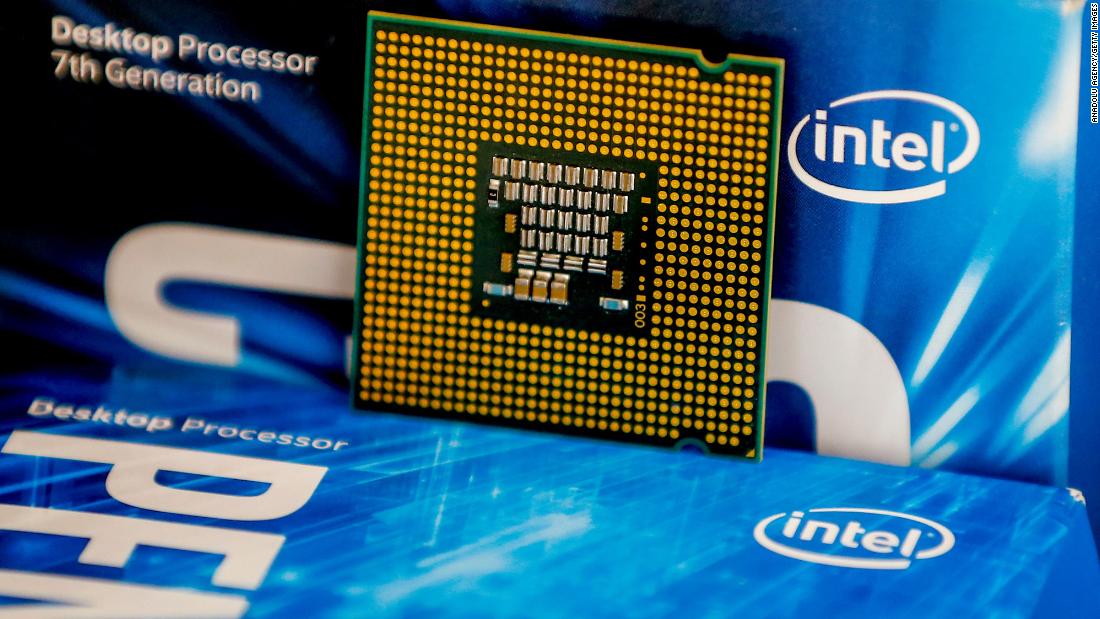“We are interested in returning to the position of unquestionable leader in process technology and that is our commitment,” said Gelsinger. He joined the conference call with the outgoing CEO, Bob Swan, although he will not take office for another three weeks.
Still, it seems that investors are suspicious. The company’s stock fell nearly 10% on Friday, although it posted better-than-expected profit on Thursday.
The semiconductor giant reported fourth quarter earnings of $ 1.42 per share on $ 20 billion in revenue, surpassing the $ 1.10 in earnings per share on $ 17.5 billion in revenue that Wall analysts Street had designed. Full-year revenue reached a record $ 77.9 billion, an 8% increase from 2019. Intel also announced that it would increase its quarterly dividends.
Investors on Friday may also have reacted to plans that executives discussed during Thursday’s earnings call to get the company back on track.
Gelsinger and Swan suggested during the call that Intel is likely to maintain in-house production of the 7-nanometer chip, although the company has pledged to provide more details about its manufacturing plans after Gelsinger takes over.
“I had the opportunity to personally examine the progress of Intel’s 7 nanometer technology last week,” said Gelsinger during the call. “Based on the initial reviews, I am satisfied with the progress made in the health and recovery of the 7 nanometer program. I am confident that most of our 2023 products will be manufactured in-house.”
Gelsinger added, however, that due to the breadth of Intel’s portfolio, the company is likely to “expand our use of external foundries for certain technologies and products”.
Outsourcing part of production can help Intel fill gaps in its product line as it addresses its manufacturing problems, analysts say.
However, some are concerned that a quick fix, regardless of the approach Intel decides to take.
“Competitive threats remain the biggest concern,” Bank of America analysts said in a research note on Thursday. They added that AMD could gain even more market share at Intel’s expense because it outsources production to TSMC, which will be making more advanced processors when Intel’s 7-nanometer production increases in 2023.
“The world is becoming more and more digitally connected, expanding the market ahead of us,” said Gelsinger. “There is a huge opportunity ahead for Intel, but in order to take advantage of these opportunities, we have to deliver the best products and stay ahead of our customers’ needs. We need to become more agile in a very competitive market.”
